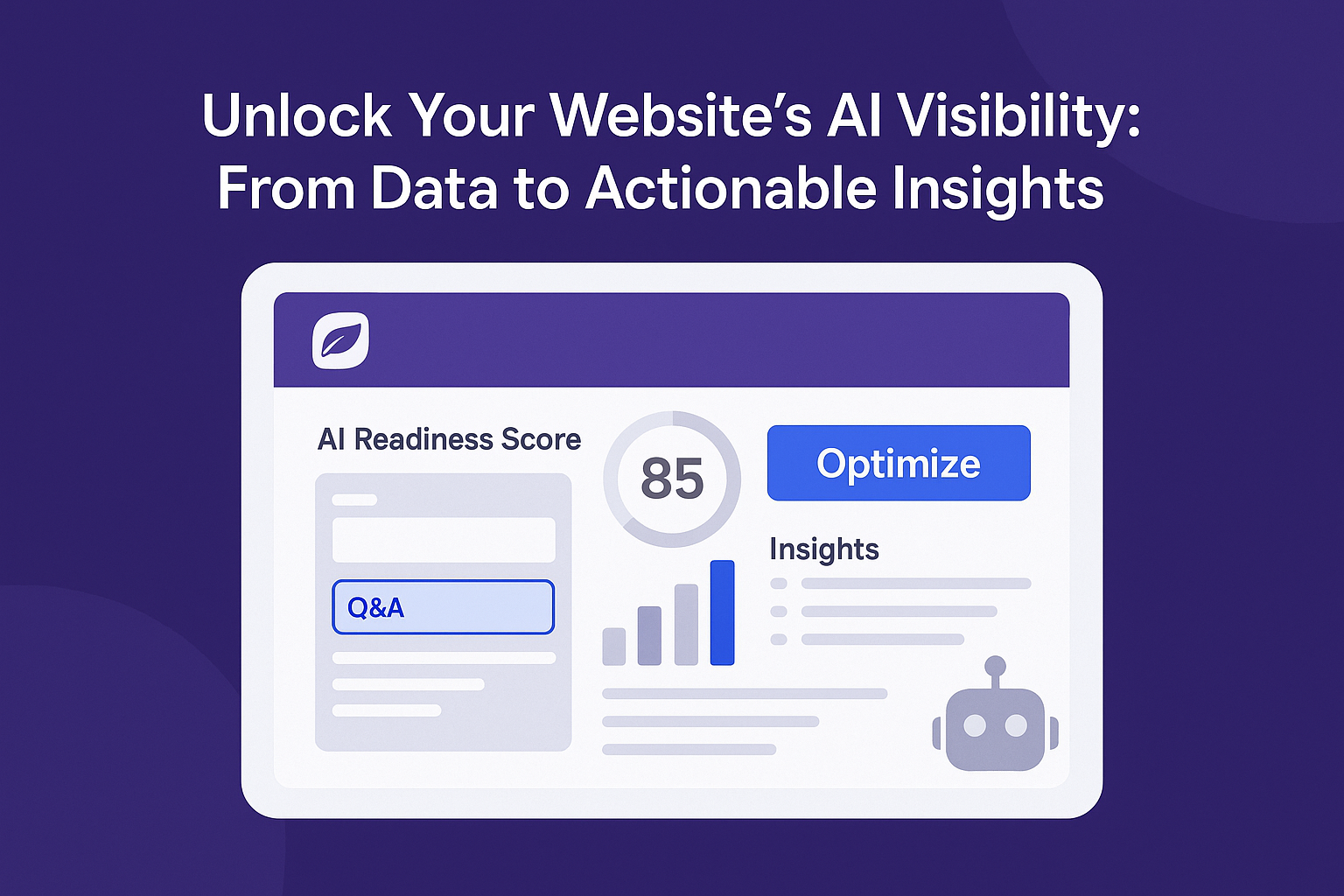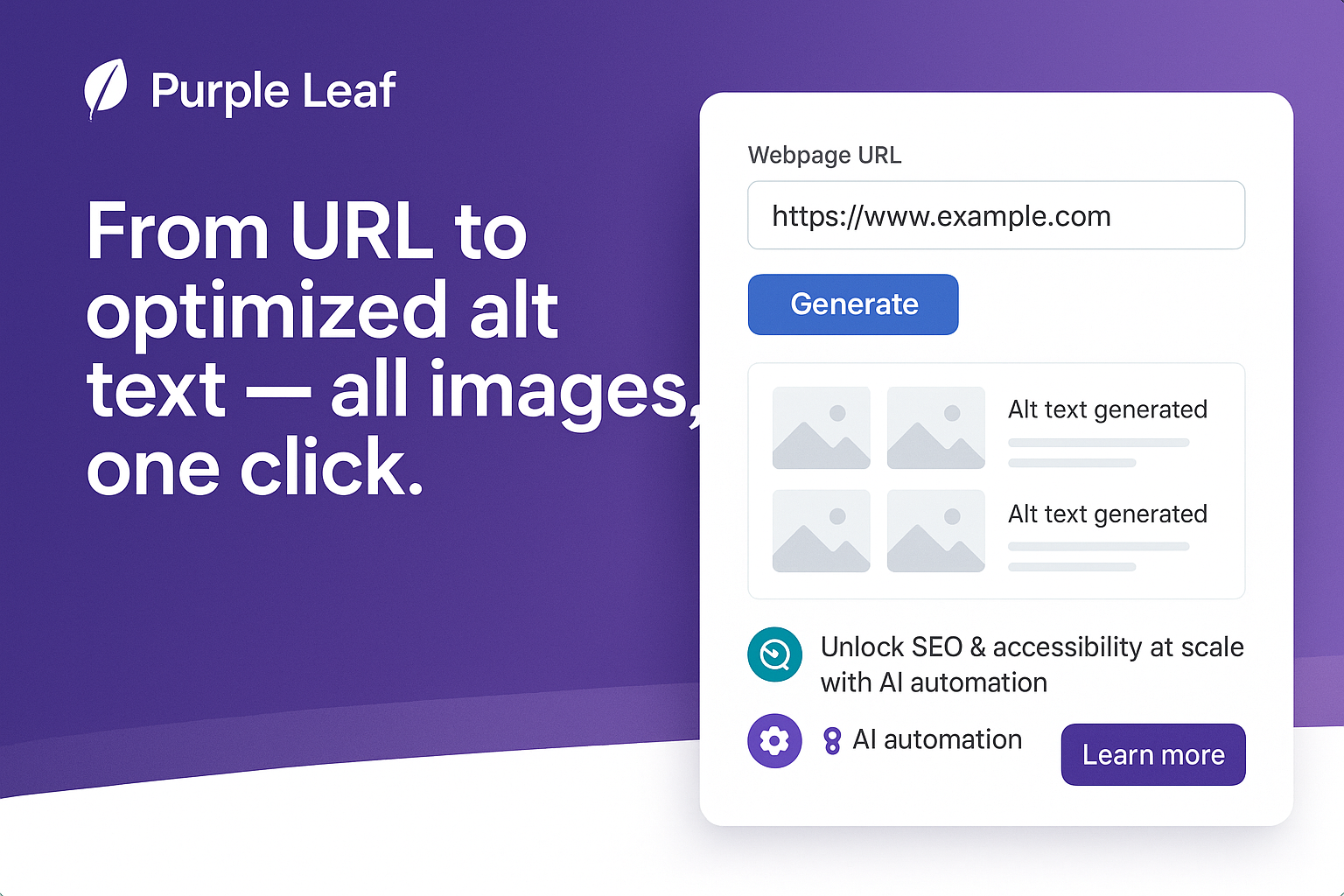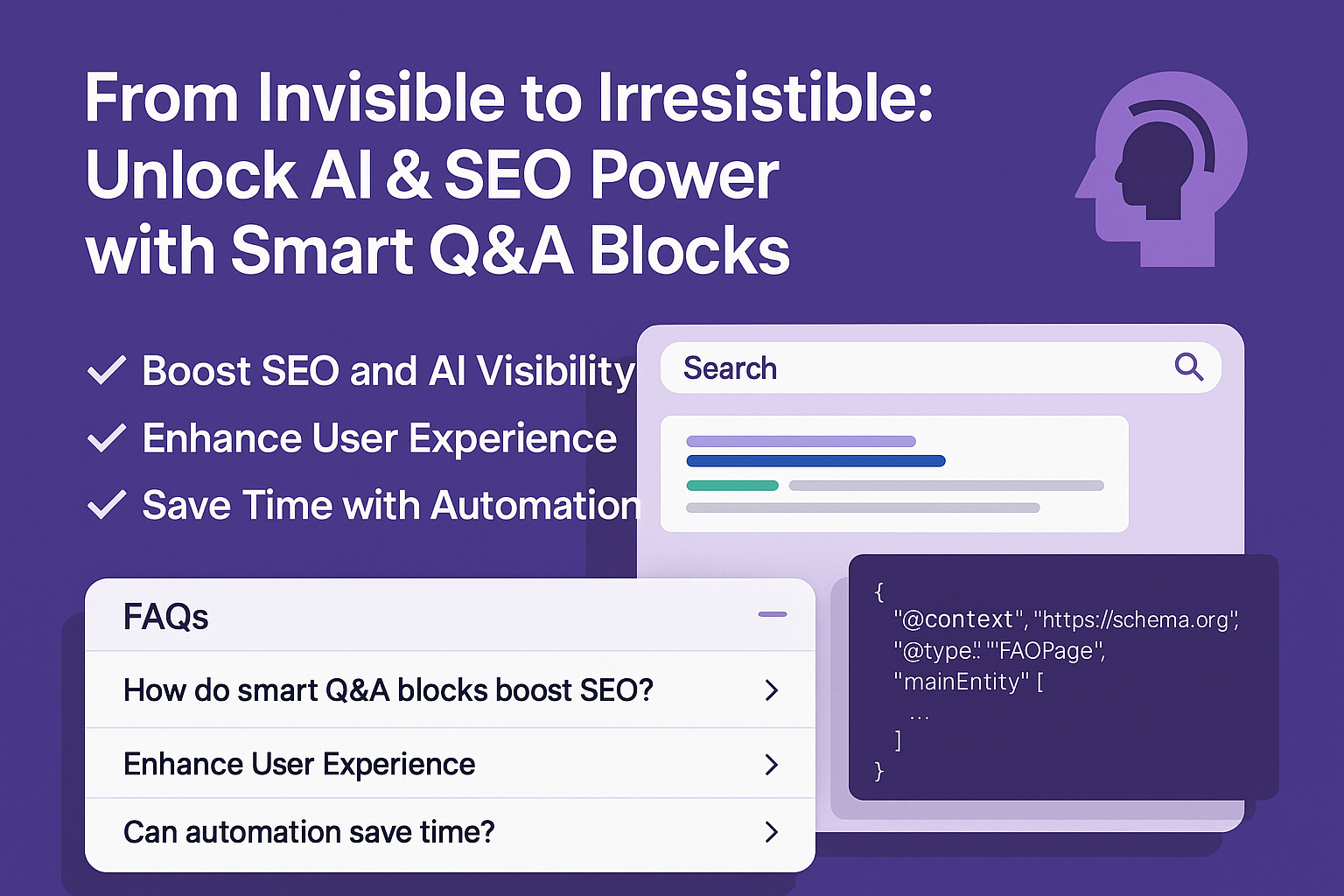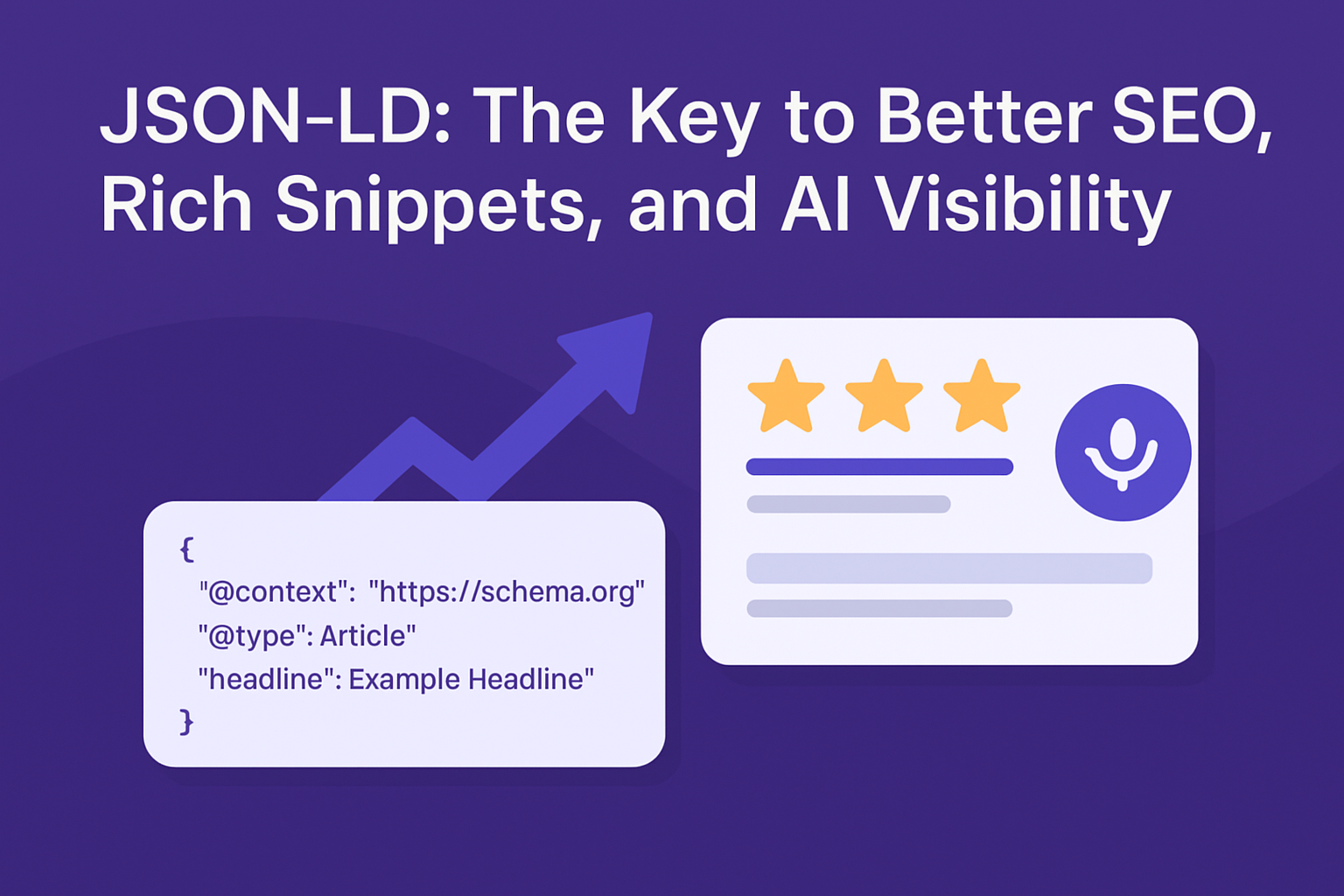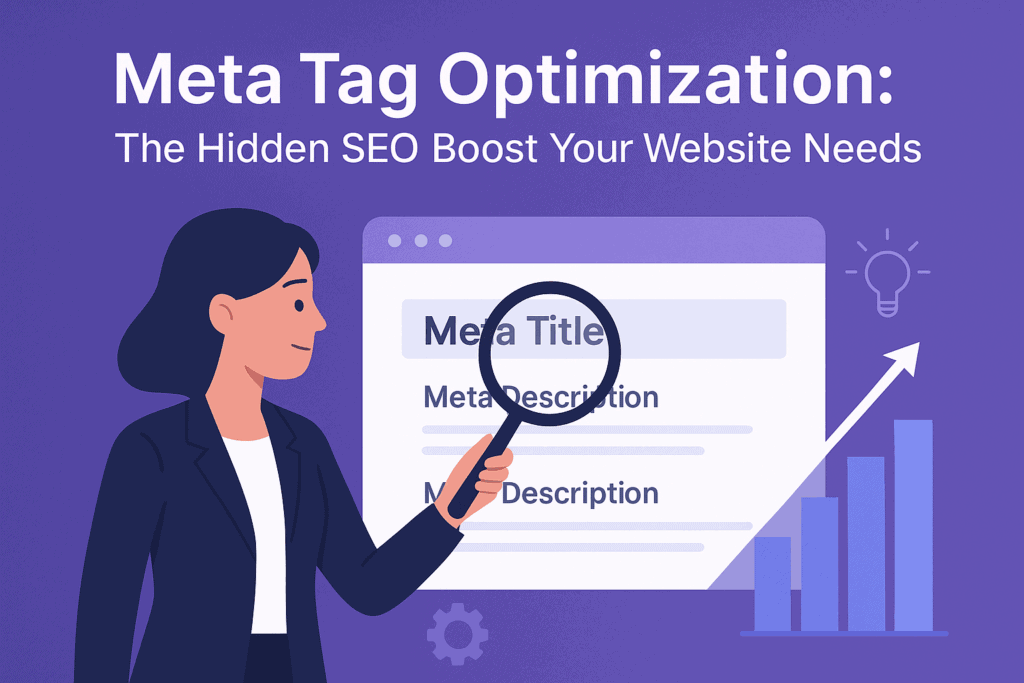
Meta tags may be short, but they play one of the biggest roles in how your website appears—and performs—on search engines. In a world where attention spans are shrinking and algorithms keep evolving, even the smallest details like your meta title and description can make or break your visibility.
Whether you’re running a blog, an e-commerce site, or a service-based business, understanding and optimizing your meta tags is a simple but powerful step toward better rankings and higher click-through rates.
What Are Meta Tags and Why Do They Matter?
Meta tags are snippets of text that describe the content of a webpage. They don’t appear on the page itself but live in the HTML code, helping search engines understand what your page is about.
The two most important meta tags are:
- Meta Title: The clickable headline that appears in search results.
- Meta Description: The short text under the title that tells users what they’ll find if they click.
Search engines use this information to decide when to show your page in results, while users rely on it to decide whether to visit. In short—meta tags affect both ranking potential and click-through rates (CTR).
Signs Your Meta Tags Need Optimization
You might think your pages already have meta tags, but are they actually working for you? Here are some tell-tale signs they need attention:
- Titles are too long and get cut off in search results.
- Descriptions feel vague or keyword-stuffed.
- Multiple pages share the same title or description.
- Social links display random or irrelevant previews.
If any of these sound familiar, it’s time to revisit your tags.
How to Optimize Your Meta Tags (Step-by-Step)
Optimizing meta tags is all about balance—combining SEO precision with human appeal. Here’s how to get it right:
- Keep your title under 60 characters.
Include your main keyword naturally, and make it compelling enough to click. - Write concise, persuasive descriptions.
Stay within 155–160 characters, highlight benefits, and use active voice. - Use your brand name wisely.
Add it at the end of the title for brand recognition without losing keyword impact. - Avoid duplication.
Every page should have unique titles and descriptions. - Add social meta tags.
Open Graph (OG) and Twitter Card tags help your pages look good when shared.
Examples of Good Meta Tags
Seeing examples makes optimization easier. Below are a few before-and-after cases showing how small changes can create big results.
Example 1: Blog Post
Before:
<title>SEO Tips</title>
<meta name="description" content="SEO tips for your website. Learn about keywords and ranking.">
After:
<title>10 Proven SEO Tips to Boost Your Google Rankings in 2025</title>
<meta name="description" content="Improve your website’s visibility with expert-backed SEO tips, keyword strategies, and content optimization techniques.">
✅ Why it works: It’s more specific, includes strong action verbs, and speaks directly to search intent.
Example 2: Product Page
Before:
<title>Organic Coffee Beans</title>
<meta name="description" content="Buy organic coffee beans online. Best quality.">
After:
<title>Buy Fresh Organic Coffee Beans Online | Free Shipping in Australia</title>
<meta name="description" content="Shop premium organic coffee beans sourced from sustainable farms. Enjoy rich aroma, bold flavor, and free nationwide delivery.">
✅ Why it works: Combines product keywords with value drivers—“free shipping,” “premium,” and “sustainable.”
Example 3: Service Page
Before:
<title>Web Design Services</title>
<meta name="description" content="Professional web design services for businesses.">
After:
<title>Custom Web Design Services for Modern Brands</title>
<meta name="description" content="Get responsive, SEO-friendly, and conversion-focused web design. Perfect for startups and established brands alike.">
✅ Why it works: Includes brand mention, differentiates features, and adds conversion-oriented language.
Example 4: Blog Category or Resource Page
Before:
<title>Digital Marketing Blog</title>
<meta name="description" content="Read our articles about digital marketing.">
After:
<title>Digital Marketing Insights, Trends & Tutorials | Free Resources</title>
<meta name="description" content="Stay ahead with the latest digital marketing trends, step-by-step guides, and expert insights to grow your online presence.">
✅ Why it works: Evokes curiosity and positions the page as a valuable knowledge hub.
Common Meta Tag Mistakes to Avoid
Even seasoned marketers get these wrong sometimes:
- Stuffing titles with too many keywords.
- Forgetting to include emotional or actionable words.
- Copy-pasting the same tags across multiple pages.
- Ignoring how tags appear on mobile devices.
Think of your meta tags as both an SEO signal and a mini-ad for your content—balance clarity, keyword use, and persuasion.
The Role of Automation in Meta Tag Optimization
Manually writing and testing meta tags for dozens (or hundreds) of pages can be time-consuming. That’s where AI-powered automation steps in.
Modern tools can:
- Analyze each page’s content to detect weak or missing tags.
- Suggest improvements aligned with SEO best practices.
- Generate new meta titles and descriptions based on search intent.
- Score and compare “before vs. after” performance.
Automation doesn’t replace human creativity—it enhances it, ensuring your technical SEO foundation is always strong while saving hours of repetitive work.
Measuring the Impact of Your Meta Tags
Once your meta tags are optimized, track their effect. You can:
- Use Google Search Console to check impressions, CTR, and ranking shifts.
- Run A/B tests on different title styles to see which earns more clicks.
- Monitor how your pages perform when shared on social media platforms.
When done right, even a small bump in CTR can lead to significantly more traffic and conversions over time.
How Purple Leaf Makes Meta Optimization Effortless
If you want to take the guesswork out of meta tag optimization, Purple Leaf offers an intelligent way to do it.
Its Meta Tag Optimizer scans your website, analyzes your current tags, and suggests instant improvements. You can view before-and-after scores, compare how your keywords and descriptions perform, and copy the optimized HTML right away.
Beyond meta tags, Purple Leaf helps you stay ahead with AI-driven tools for social media, AI readiness, and AI driven tools for website optimization—making your digital strategy more connected and consistent than ever.
Whether you manage one website or many, Purple Leaf ensures your online presence stays search-friendly, user-focused, and algorithm-ready.
Conclusion — Small Details, Big Impact
Meta tags may seem like a minor SEO detail, but they shape the very first impression your brand makes online. An engaging title, a well-written description, and a touch of automation can turn ordinary pages into click-worthy results.
With regular review and the help of smart tools like Purple Leaf, optimizing your meta tags becomes fast, data-driven, and effective—so your site can stand out in every search result that matters.


